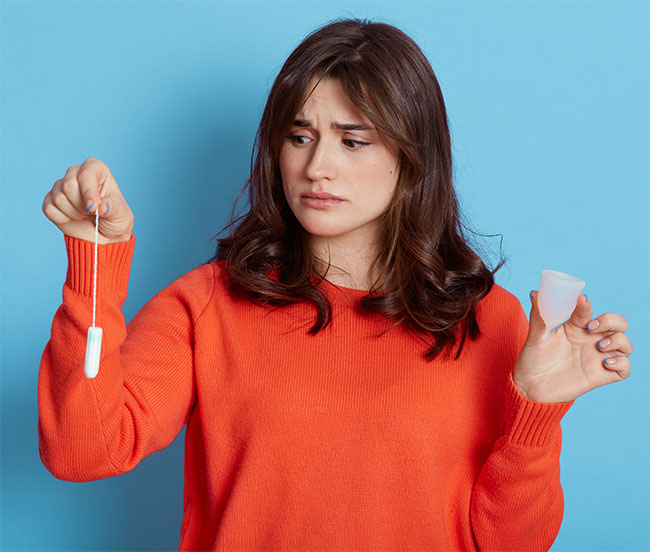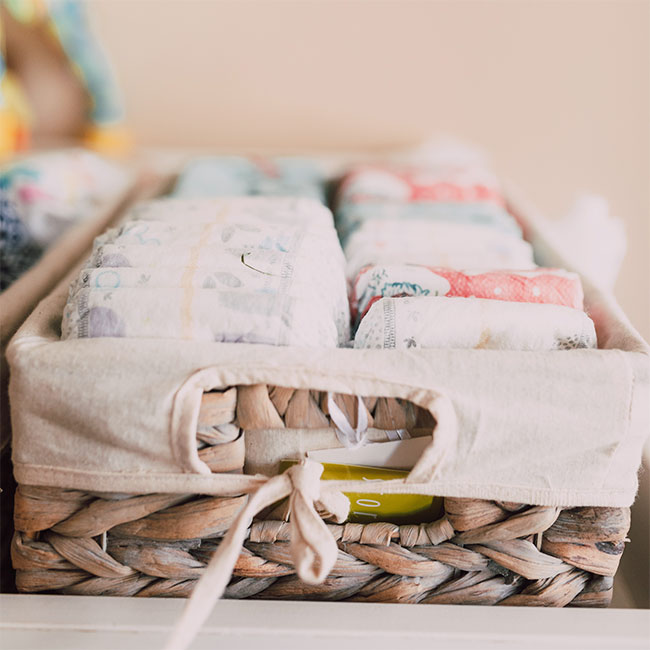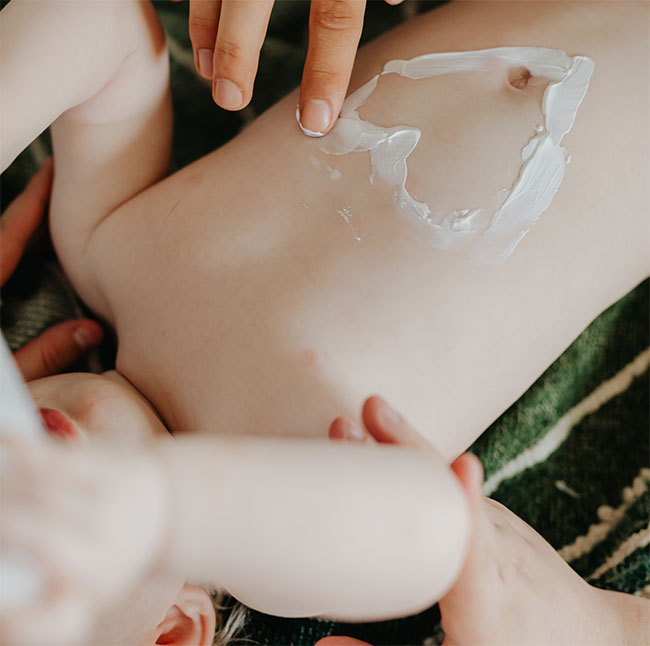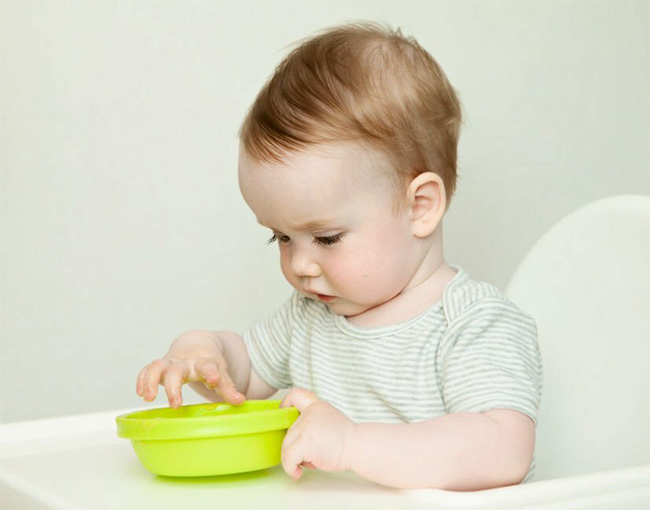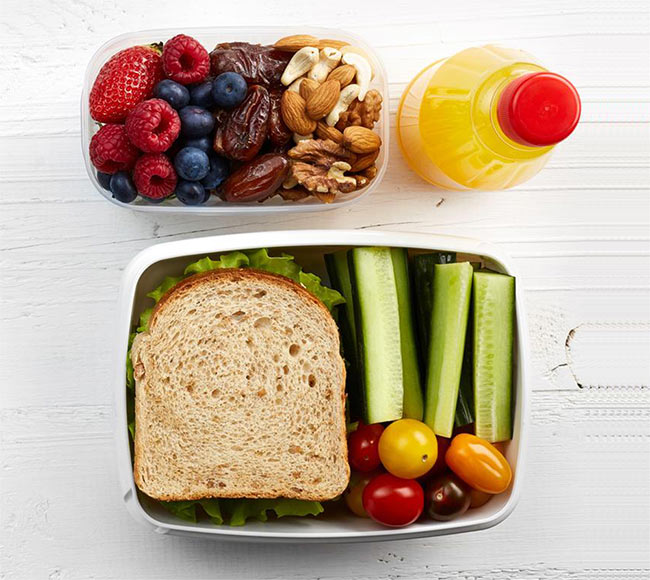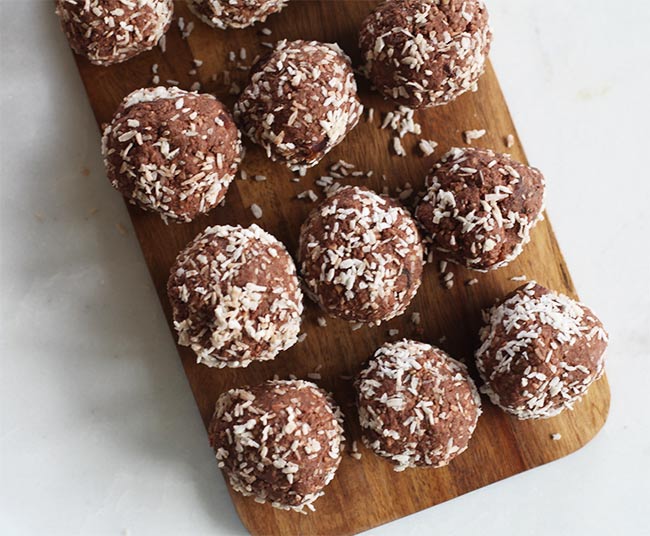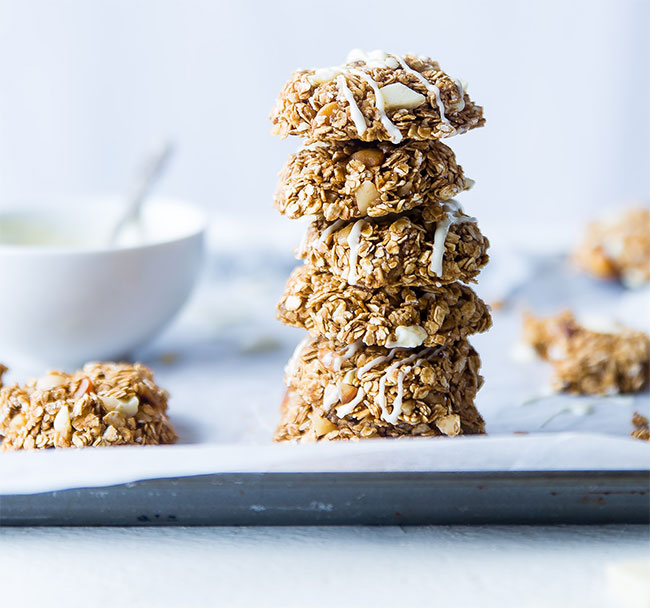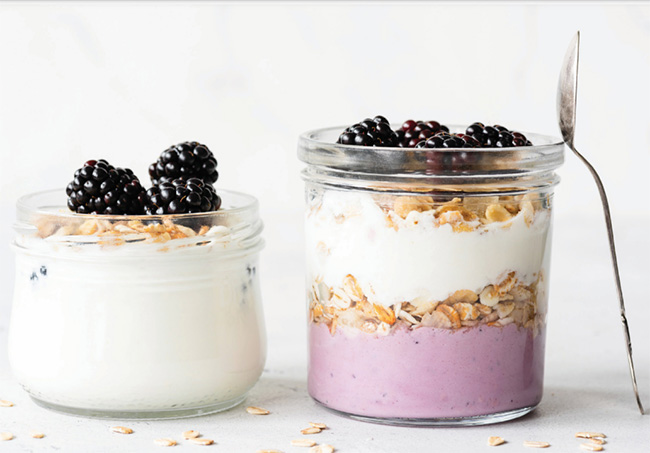1. Menstrual Pads
Menstrual pads, also known as sanitary napkins, are worn externally to absorb menstrual flow. They are available in various sizes, thicknesses, and materials, including disposable and reusable pads. Pads offer simplicity, ease of use, and a wide range of absorbency levels to suit different flow intensities.
- Pros: Easy to use, widely available, suitable for all ages, no insertion required, and various options for different flow levels.
- Cons: Potential for discomfort or irritation, environmental impact of disposable pads, may not be ideal for physical activities like swimming.
2. Tampons
Tampons are inserted into the vaginal canal to absorb menstrual flow. They are typically made of absorbent materials, such as cotton, and come in different sizes and absorbency levels. Tampons offer discretion, freedom of movement, and can be suitable for active lifestyles.
- Pros: Discreet, convenient, suitable for physical activities, no external leakage, and various options for different flow levels.
- Cons: Insertion learning curve, potential for discomfort or dryness, risk of toxic shock syndrome (TSS), and environmental impact of disposable tampons.
3. Menstrual Cups
Menstrual cups are reusable, bell-shaped cups made of medical-grade silicone, rubber, or latex-free materials. They are inserted into the vagina to collect menstrual flow, and can be emptied, rinsed, and reused throughout the menstrual cycle. Cups come in different sizes and capacities to accommodate different anatomies and flow volumes.
- Pros: Environmentally friendly, cost-effective in the long run, can be worn for up to 12 hours, suitable for various activities, reduced odor compared to pads and tampons.
- Cons: Learning curve for insertion and removal, may require some trial and error to find the right fit, cleaning and maintenance required.
4. Period Underwear
Period underwear is specially designed underwear with built-in absorbent layers to replace or supplement other menstrual products. They come in different styles, absorbency levels, and materials. Period underwear offers comfort, leak protection, and can be used alone on lighter flow days or as backup with other products.
- Pros: Reusable and eco-friendly, comfortable and discreet, no need for inserts or additional products, suitable for overnight use, reduces waste.
- Cons: May not be sufficient for heavy flow days without additional protection, requires washing and drying, initial investment cost.
How to Choose Menstrual Products
When selecting a menstrual product, consider the following factors
1. Flow intensity: Choose a product that matches your flow intensity, opting for higher absorbency options for heavy flow days.
2. Comfort and fit: Ensure the product fits well, feels comfortable, and allows for easy movement.
3. Health considerations: Consider any allergies, sensitivities, or medical conditions that may influence your choice of material or product type.
4. Sustainability: Evaluate the environmental impact of different products and consider reusable options for reduced waste.
5. Lifestyle and preferences: Take into account your lifestyle, activities, and personal preferences when selecting a product that fits your needs.
Finding the best menstrual product involves understanding your body, flow patterns, and personal preferences. Whether you opt for pads, tampons, menstrual cups, or period underwear, each product has its own advantages and considerations. Experimenting with different options and seeking advice from healthcare professionals or menstrual product specialists can help you find the ideal solution that promotes comfort, convenience, and sustainable menstruation management.

